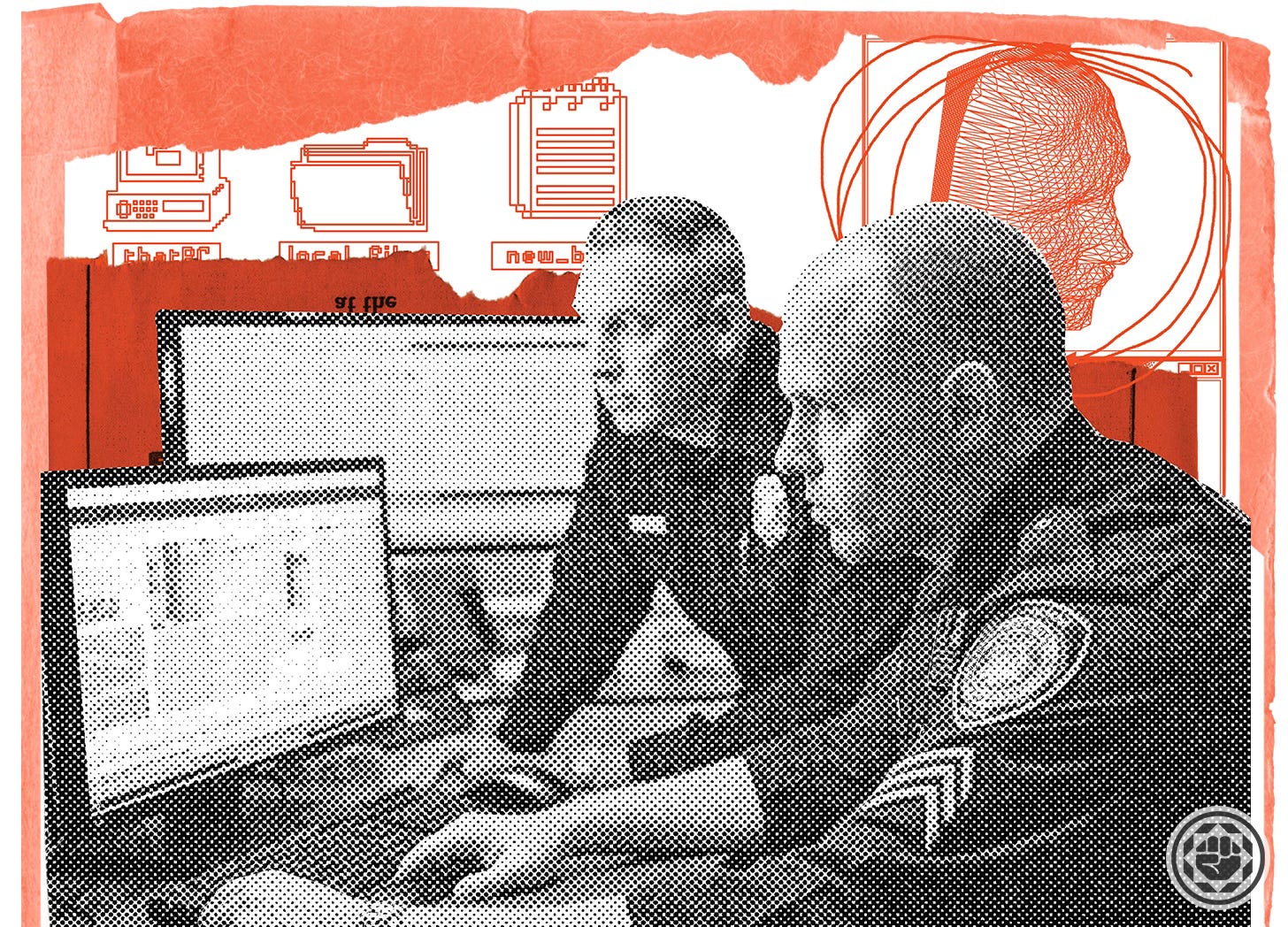Obscure Burglary Case Shows Difficulty of Regulating Facial Rec
The Third Installment from a Series of Activist Journalism from "All Rise," a New Community-Based Newspaper
By Jesse Marx
In spring 2022, a crime analyst working in Los Angeles ran an image of a burglary suspect through facial recognition technology and passed along the results to a detective in San Diego, where the investigation was taking place.
It was a potential match and fair game to use at the time. Yet the detective considered hiding the use of facial recognition in a warrant for reasons that are still unclear.
The obscure case came to light in emails released by San Diego and demonstrates the difficulty of regulating police surveillance on a city-by-city basis as technology proliferates in the absence of state and federal standards.
The communications show that on Jan. 26, 2022, Det. Daniel Riis issued a regional law enforcement alert with images to help identify several suspects who stole a car and credit cards at the 24 Hour Fitness on Imperial Avenue. Riis got a response three months later from the Carlsbad Police Department saying an analyst in Los Angeles had possibly identified one of the suspects.
It’s not clear from the public records whether the match was even accurate. Numerous people in the United States have been wrongly accused of crimes, leading to congressional hearings and complaints that it is inherently biased and being rolled out too quickly. Studies in recent years have shown that facial recognition misidentifies people of color more often than white people.
Nevertheless, Riis forwarded the potential match to a deputy district attorney, asking if he could use the information in a warrant without running into legal issues under AB 1215. That California law, as the deputy district attorney explained, banned facial recognition on body-worn cameras for a three-year period — meaning police were only prevented, temporarily, from using the technology in real time. The ban has since been lifted.
The deputy district attorney then asked if Riis had anything else tying the suspect to the burglary.
He did not. But he noted that the suspect had been picked up in Orange County in a different stolen car shortly after the burglary and he offered to follow up with investigators there. He then asked the deputy district attorney a question: “The facial rec was the only lead. Can I hide that behind a wall as [an] investigative technique?”
The email chain ends there. And apparently so did the investigation.
Employees at the 24 Hour Fitness declined to comment for this story, citing a corporate policy against speaking to reporters. When asked for more information about any arrest linked to the 24 Hour Fitness, SDPD said it had no records. Steve Walker, the DA’s communications director, also said he was unaware of any warrants filed against the suspect and confirmed that criminal charges had not been submitted to the DA’s office for review.
Riis did not respond to an interview request sent through the SDPD Media Services Unit.
Months after Riis exchanged emails with the DA’s office, San Diego officials adopted rules for the use and acquisition of software and devices capable of monitoring the public and capturing personal data. The city’s surveillance ordinance had been working its way through city government since 2020. Seth Hall, a technologist and activist, who helped write the ordinance, said it was intended, in part, to be a check on the sharing of surveillance materials between law enforcement agencies.
“I think cities are trying to do their best to regulate technology in their jurisdictions, but this is a perfect example of how it gets difficult as soon as you cross borders,” Hall said. “It starts to get complicated and you can envision court battles over these sorts of things,” forcing communities in the meantime to stay on guard against abuses.
But Hall also noted that if the same situation had played out today and San Diego wanted to move forward with a potential facial recognition match from an outside agency, the police department would be required upfront to submit a proposal for a new use policy. Once that proposal was submitted, it would trigger a series of hearings in front of San Diego’s Privacy Advisory Board and City Council and vote.
Riis is no stranger to the spotlight. In 2016, he severely injured a man at an MTS trolley station in Fashion Valley. A group of plainclothes detectives had been investigating attacks on homeless people and rushed the man after mistaking him for someone else who’d tossed an iPhone charger in their direction.
According to court records, Riis dosed the man with pepper spray and face-slammed him into concrete when he didn’t immediately comply with the non-uniformed officers — one of whom had drawn a firearm.
A jury awarded the man more than $1.5 million after a weeklong trial, and the City Council agreed, as part of a settlement, to cover another $1 million in attorney fees and litigation costs. It was, the Union-Tribune reported at the time, one of the largest payouts in San Diego’s history.
Jesse Marx is a journalist in San Diego and one of the founders of All Rise. His writing has also appeared in The Nation, Voice of San Diego, and elsewhere.



